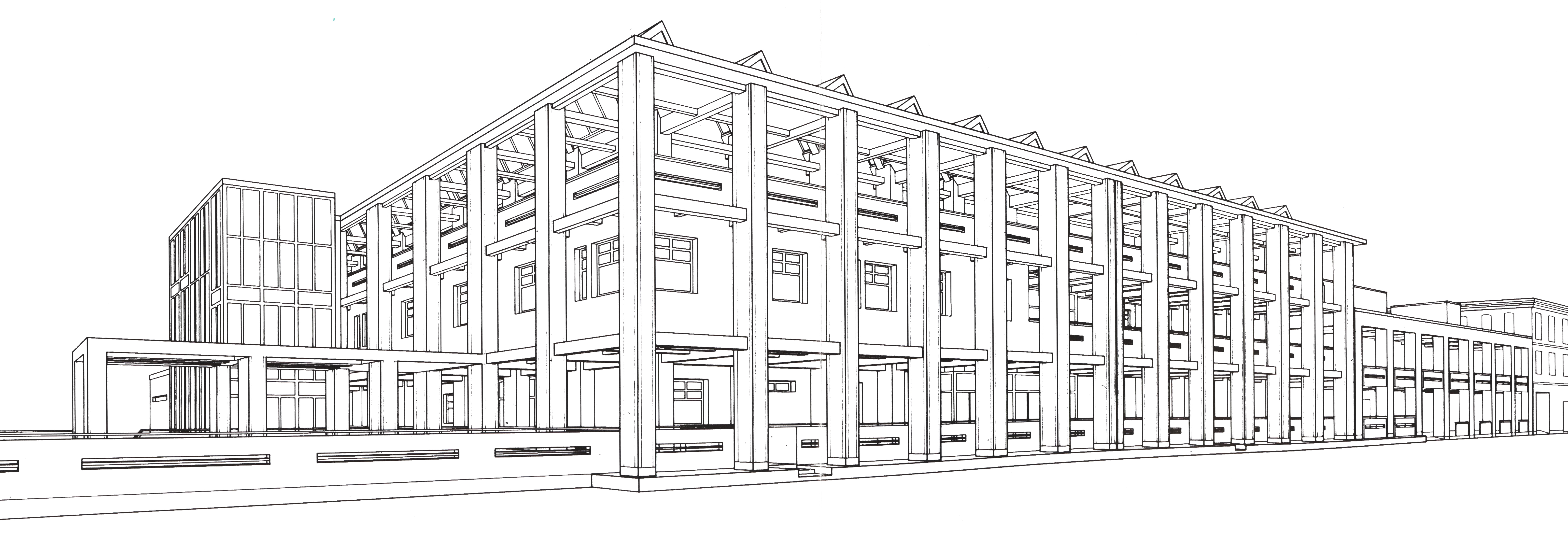Una città nella città: Alberto Sartoris e il recupero dell’ex Lanificio Bona a Carignano
Nonostante negli ultimi vent’anni la figura di Sartoris sia stata oggetto di numerose pubblicazioni celebrative, queste sono per lo più circoscritte a specifici episodi della sua vita; solo in rare circostanze queste si fondano sullo studio dei suoi pochi progetti effettivamente realizzati in Italia e, in particolare, sull’analisi del progetto di riqualificazione del complesso industriale dell’ex Lanificio Bona di Carignano. Questo saggio fa luce sulle vicende legate al progetto architettonico-urbanistico realizzato da Sartoris, proposto attraverso un percorso culturale finalizzato alla rigenerazione dell’intero centro cittadino; considerata in anni recenti come il frutto della genialità di un ormai anziano architetto di fama e dell’impegno di una attenta amministrazione locale, il successo della soluzione progettuale avanzata da Sartoris va ricercato non solo nell’entusiasmo con cui i cittadini hanno creduto in un progetto architettonico e urbano tanto azzardato quanto innovativo, ma anche nelle sue relazioni con un territorio globalmente in crescita e nel rinnovamento di un quadro normativo che ne ha consentito l’attuazione.
A city within a city: Alberto Sartoris and the recovery of the former Wool Mill Bona in Carignano
Although in the last twenty years Sartoris has been the subject of numerous celebratory publications, these are mostly limited to specific episodes of his life and, only under rare circumstances, are based on the study of his few projects realized in Italy and, in particular, on the analysis of the redevelopment project of the industrial complex of the former Bona wool mill in Carignano. This essay sheds light on the events linked to the architectural-urban project carried out by Sartoris, proposed through a cultural path aimed at the regeneration of the entire historical center; considered in recent years as the fruit of the genius of an elderly architect with a high reputation and the commitment of an careful local administration, the success of the Sartoris’ design must be sought not only in the enthusiasm with which the citizens believed in an architectural and urban project as risky as innovative, but also in its relations with a globally growing territory and in the regulatory framework that allowed its implementation.

Quest'opera è distribuita con Licenza Creative Commons Attribuzione - Non commerciale - Condividi allo stesso modo 3.0 Italia.









